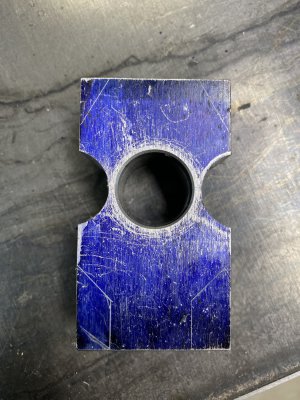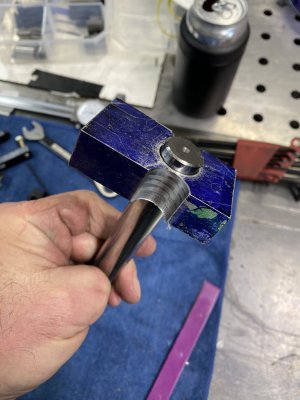I feel your pain! That sucks.
So, you're running A2? Do you even need to quench in oil? A = Air Quench. I'd set it on a wire mesh stand and let 're cool in still air. If that doesn't get it, try an air blow gun on the thick parts.
The only time I've had a sample crack, was a test sample for a buddy. He had annealed some jeep axles, machined them for a different application, and we heat treated them. We did a test sample slug first, and and tried water which was too fast (cracked) (And Veg oil, too slow). After that we bought a pail of quench oil from McMaster and made a proper quench tank. That was probably 1045 or 1050 steel, usually needs fast quench, but water was too fast with that cross section.
The other trick, we bought an old kitchen range, and used that for a temper oven. Parts went right into the temper oven after quench. Didn't let them cool much below the quench oil. Preheated the oil to ~125F. It picked up some temp during quench, due to the part being large. We could only do one axle per evening, due to oven size and quench tank size.
Edit: He beat the living daylights out of those axles, and they never broke again. That's my only feedback on the quality of the HT, BTW.
(Also replying to subscribe, I'm in the process of collecting ideas for making something similar. I thought about plain carbon, and maybe surface hardening them...)




